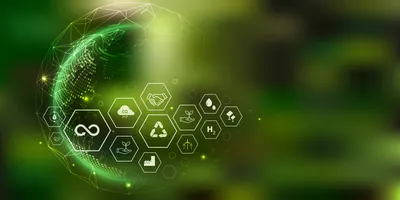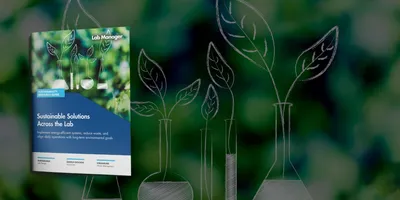Laboratory sustainability is often addressed in a piecemeal fashion—by switching to reusable plastics, retrofitting equipment, or reducing travel. While these efforts are important, Erik Jokisalo, services product portfolio manager at VWR, shared at the My Green Lab Summit 2025 that progress requires a more integrated approach. He described a “smart science ecosystem,” a framework that connects devices, automates processes, and leverages Internet of Things (IoT) technologies and sensors to help labs move toward greener and more resilient operations.
From manual systems to connected platforms
Many labs still rely on spreadsheets, emails, and manual processes to manage supplies and operations. The result is duplication, inefficiency, and blind spots that make sustainability hard to measure. Jokisalo pointed to IoT-enabled instruments as a way to close those gaps.
“Most new devices that get introduced into the labs have some kind of IoT capabilities, whether that’s freezers or different types of machines, that actually can produce data,” he explained. By generating and sharing real-time data, these devices allow managers to track energy, water, and equipment performance continuously, rather than piecing together records after the fact.
Automating smarter lab practices
Collecting data is only part of the story. Jokisalo emphasized that the real value lies in using that data to shape behavior.
“Our vision for the smart lab is that we want to collect the data, and then, based on the data, we want to try automations. And through those automations, we want to also drive behavior,” he said. In other words, automation can reduce waste not only by optimizing equipment performance but also by embedding sustainable practices into daily operations.
Freeing time for science
Jokisalo pointed to inventory management as a practical example of how digital tools can ease administrative burden while advancing sustainability. By automatically tracking and tracing supplies, connected systems help labs avoid over-ordering and reduce the waste of expired materials. Smarter inventory planning also reduces the need for urgent shipments, which in turn lowers both costs and carbon emissions. The result is less wasted effort for researchers and more time devoted to discovery, alongside a measurable reduction in environmental impact.
Looking ahead
The smart science ecosystem Jokisalo described is about more than efficiency—it is about integration. By embedding IoT, automation, and data transparency into the lab’s digital backbone, connected systems provide a means to enhance both sustainability and resilience. For laboratories facing increasing pressure to do more with fewer resources, this alignment may prove to be one of the most impactful sustainability strategies available.












